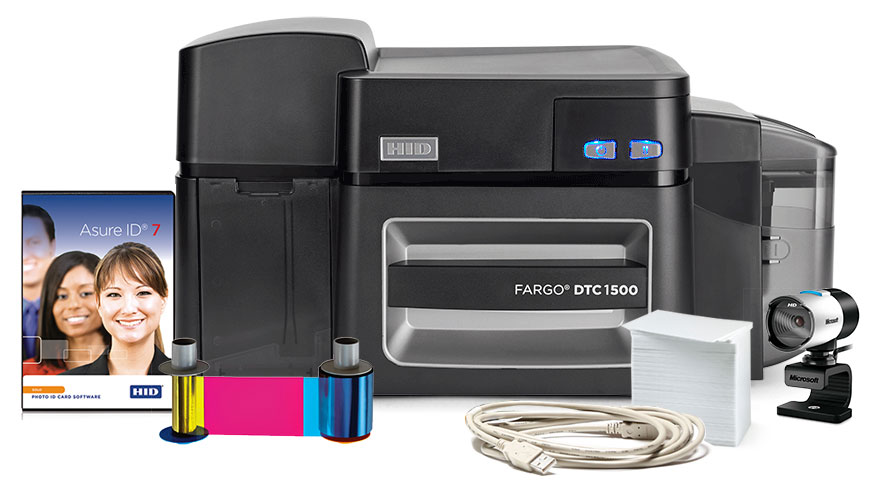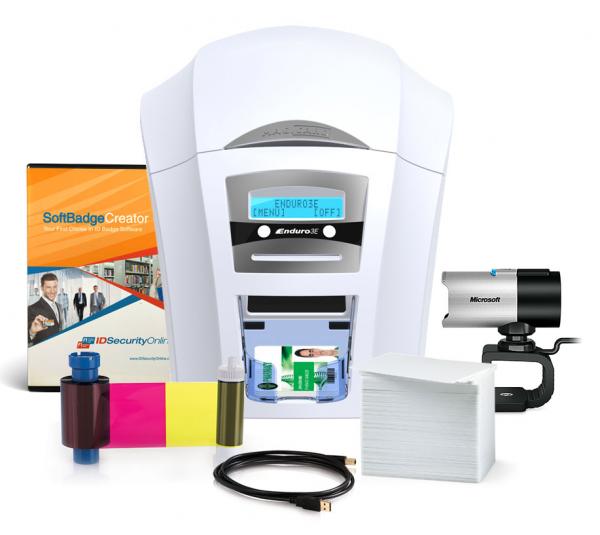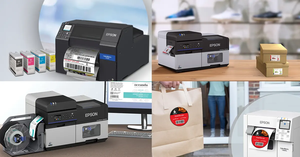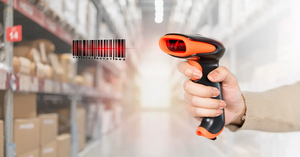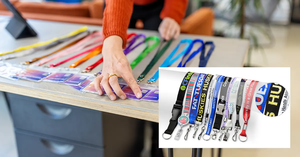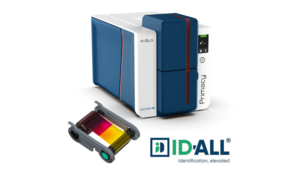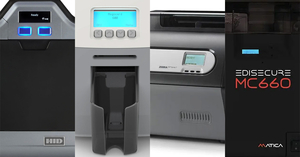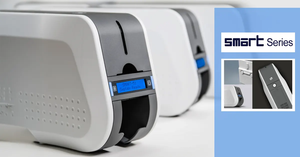How Do Healthcare Companies Use ID Card Systems?
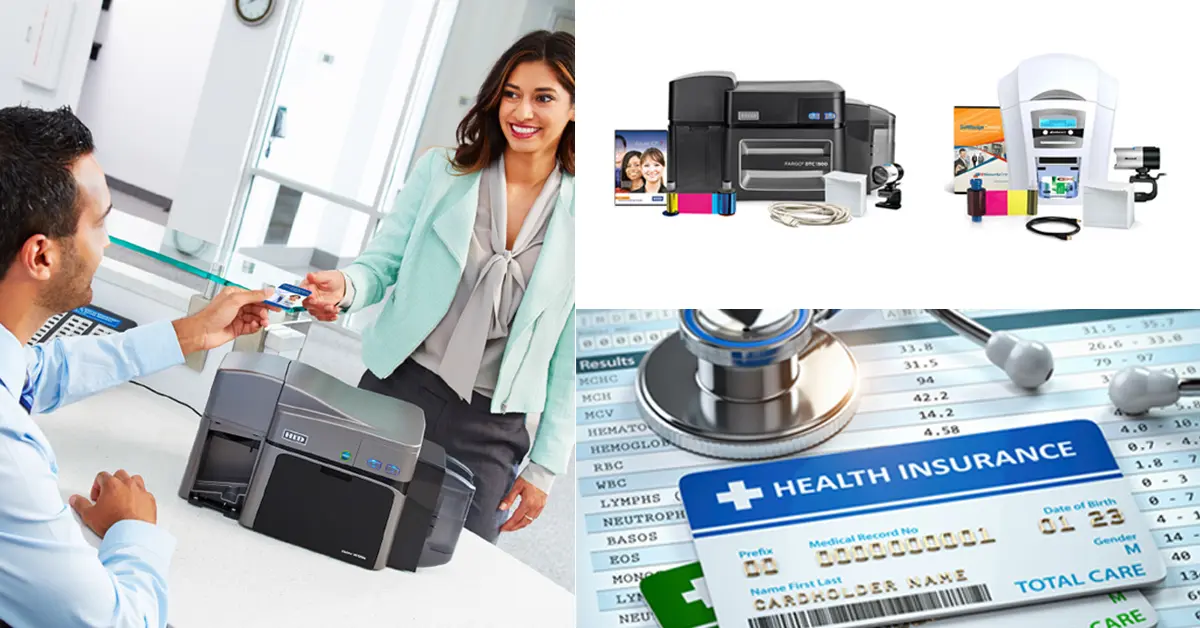
The healthcare industry requires security and sensitivity across the board. As a result, there has been a growing need for the way that professionals and patients identify themselves. It has long been a requirement for hospital and medical staff to wear ID badges for access control. ID card systems can, too, be beneficial in helping to reassure patients and visitors. A professional wearing visible, verifiable ID is one you can trust.
There are, however, some applications and uses for ID in healthcare which may not be obvious. ID card technology is advancing as a result of counterfeiting concerns, for example.
ID Card Systems and Access Control
Most modern hospital and healthcare units will support access control throughout. Rather than rely on traditional security, ID card technology will allow access to various areas of a facility with a simple swipe or scan. There are a number of ways for ID cards to grant instant access to specific zones.
- The magnetic stripe is a popular, enduring technology. This allows staff to access rooms and facilities with the simple downward swipe of a card. Credit and debit cards operate in a similar fashion.
- Bar code technology can also be used to grant access. These are scanned by units similar to those you may find in store environments.
- Contactless chips may also be used in some applications. That means a card only has to be waved or hovered across an access device for acceptance.
For all intents and purposes, the magnetic stripe is often the most enduring and cost-effective security option. Secure ID card printers, such as the Fargo DTC1500 print over-laminated cards for added durability, and with a stripe supplied as standard. Magnetic strip swiping is quick, simple and saves time and money for all involved.
Visual Security
ID cards are, of course, just as important in the visual security they supply. A professionally-printed ID card should offer a patient or security member with all the information they need to be reassured. These may include:
- A clear, recent photograph in full color
- The holder’s name
- The card holder’s position, if identifying a member of staff
- The department the representative works in, as above
- The date of birth of the cardholder
- The date and time of the ID card having been issued
- When the cardholder began working with the healthcare provider
Residential patients may also benefit from ID cards. Long-term patients will be able to display their identity, patient record number, and date of birth. Technology can also be used for healthcare providers to scan a card to bring up patient records. Such cards can be quickly and easily printed and provided to visitors on admission to a facility.
Visual security refers to a series of simple checks that can be made to assure authenticity. A trained security professional will be able to perform a quick review of a well-printed ID card. That means access can be granted within seconds providing assurance is clear. Technology may not always be available to help security make such checks. Visual security, therefore, is still important to bear in mind during ID card printing.
Enhanced Visual Security
There has been a growing need for enhanced visual security features across all ID card systems. That is as a result of there being a need for enhanced checks and measures to protect personnel and patients alike. While a clear, concise ID card may seem to be enough to assure security staff and systems alike, added visual security is still very much recommended.
The Rise of Counterfeiting
Counterfeiting of ID cards has grown more sophisticated in recent years. While secure magnetic stripes and smart chips can be difficult to replicate, it is the visual aspect of an ID card which can be surprisingly easy to mimic. Therefore, ID card printers such as the Magicard Enduro3E now offer additional, physical printing features which can be uniquely tailored to a healthcare provider.
- Holographic watermarking is one of the most common enhanced visual security standards. A direct-to-card printer such as the Enduro3E will allow you to create and imprint a unique holographic logo onto any IDs you print. These adhere directly to the cards and are therefore impossible to remove easily or replicate. Hospitals often use holographic watermarks to imprint branding as well as to demonstrate authenticity.
- Tactile impressions are also growing in popularity. These physical card imprints are impossible to be counterfeited. Random duplication can lead to widespread security breaches.
- Some ID card printers also support microtext. The naked eye can not read Microtext, and thus must be read by a specific lens. Once again, this is a type of physical, enhanced visual security that cannot be mimicked.
- Invisible UV ink, too, is a popular ID security standard. Some printers will allow you to print messages or images in invisible ink which will only be visible under ultraviolet light. Many healthcare services have scanners and readers in place at checkpoints.
- Many hospitals may also wish to imprint foil marking to show their brand and to verify that an ID is legitimate.
The Right Printing Technology for the Healthcare Industry
Printers such as the Magicard Enduro3E and the Fargo DTC1500 are designed to support efficient dual-side printing. The healthcare industry relies on displaying as much information as possible on one small card. Therefore, a dual-sided system will allow for quicker, more reliable visual checks.
Professional card printing systems from Magicard and Fargo can be set up in any facility and can produce personalized IDs while staff and patients wait. In an industry where time can be critical, it’s always important to be as efficient as possible with administration.
The healthcare industry relies on comprehensive, multi-faceted ID card systems. Not only can technology help to speed up automated checks and measures, printing standards too can help to combat against copycats. For the ultimate assurance of legitimate access, no corners should ever be cut when it comes to ID visual security.
